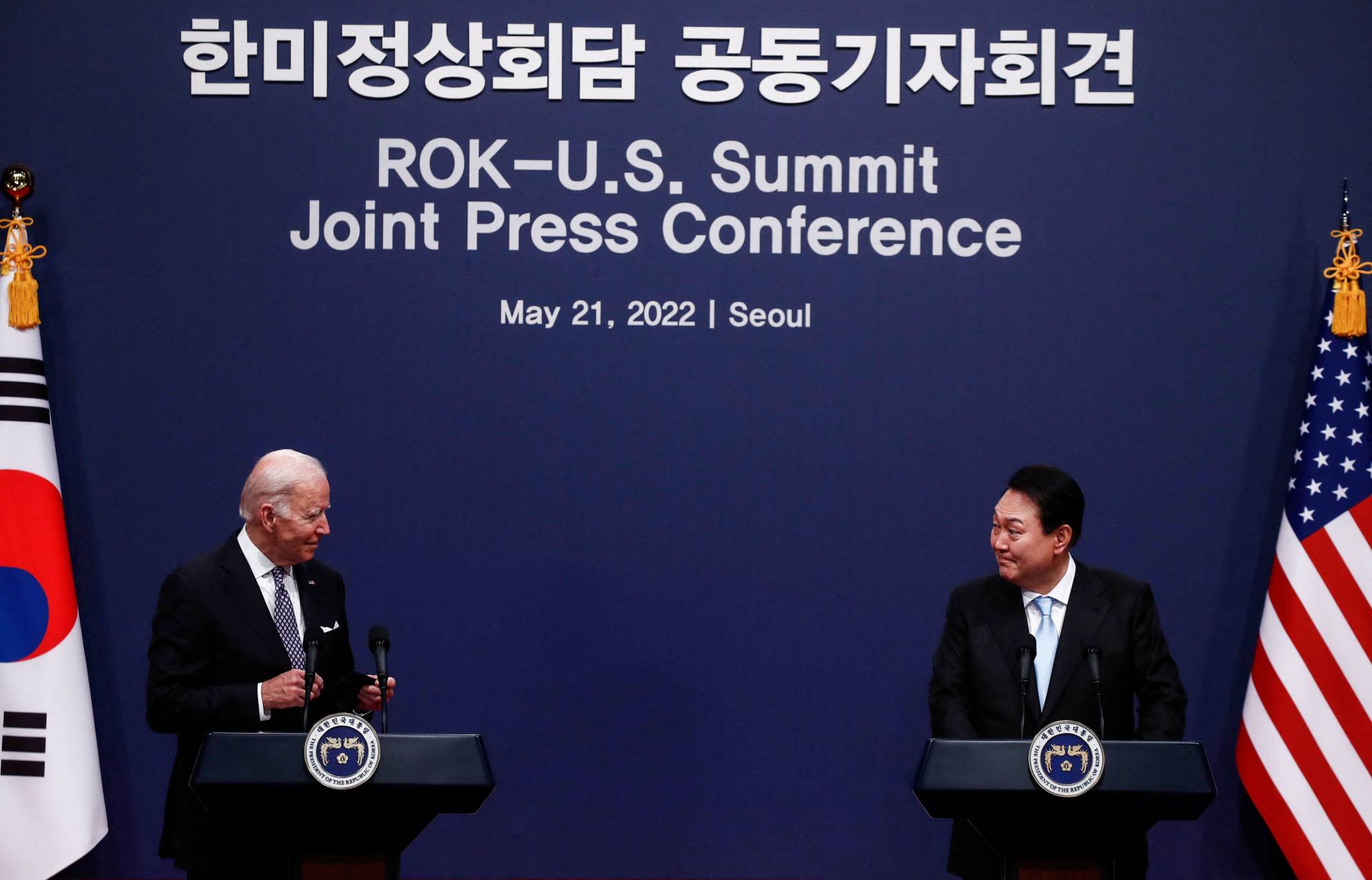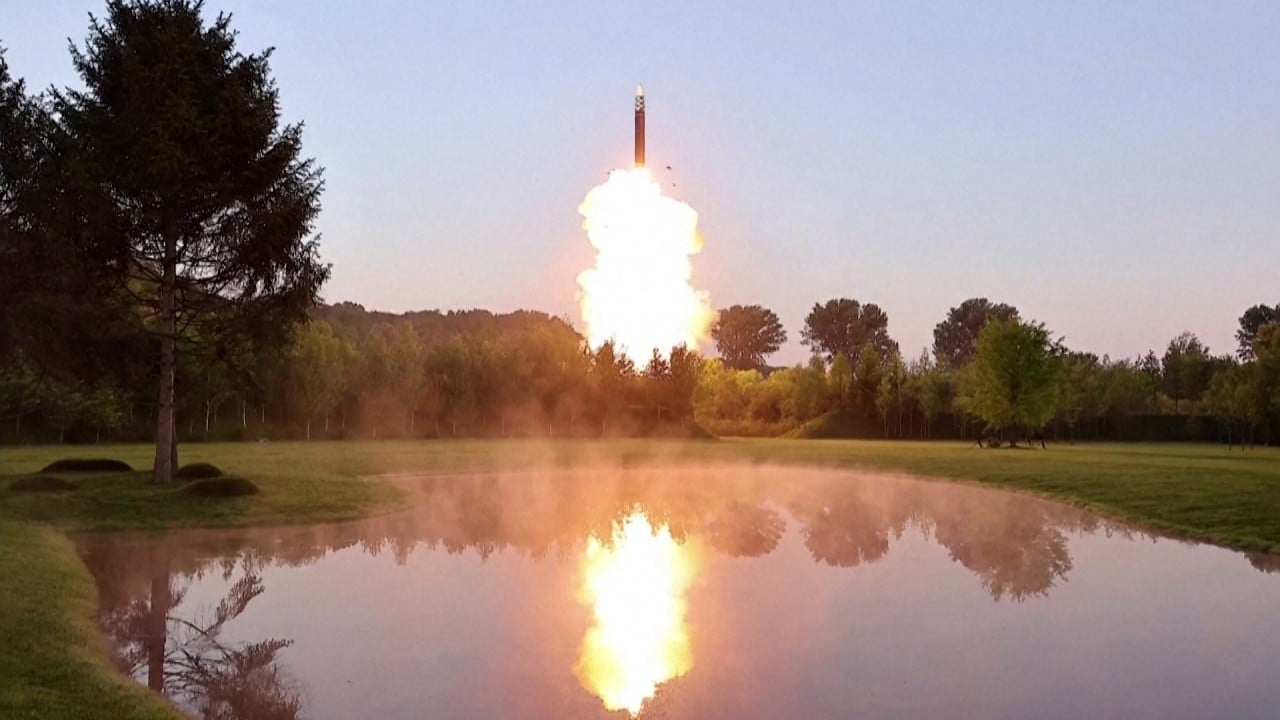China fears a South Korea-US nuclear pact to rein in Pyongyang: ex-Obama adviser
Following the declaration, Defence Secretary Lloyd Austin and his Korean counterpart Shin Won-sik announced a “revised Tailored Deterrence Strategy” in November 2023 involving more joint exercises including deployment of US strategic assets such as nuclear-capable aircraft and submarines.
A major part of the strategy was the “temporary” deployment of US nuclear delivery systems to the South for exercises and the two allies’ integration of conventional and nuclear capabilities, Samore said.
This would involve planning and exercises to combine conventional South Korean forces with US nuclear operations, such as South Korean fighter aircraft escorts to accompany US strategic bombers in Korean airspace, he added.

In the event of heightened threats from the North, the Biden administration might be prepared to redeploy US nuclear forces in the South.
“The implicit threat that the US and South Korea may agree to Nato-type nuclear sharing and deployment could be used to pressure China to restrain North Korea from taking actions” as Beijing would see it as a threat to its security interests, said Samore, who referred to an article he has written on the issue in his seminar presentation.
Under the Nato concept, member states that do not have nuclear weapons are allowed to be involved in their use by the alliance, including planning and delivery.
However, Chang Yong-Seok, a senior researcher at the Seoul National University Institute for Peace and Unification Studies, said it was doubtful that China would feel pressured by the threat of such a Washington-Seoul agreement on the Korean peninsula.
“China would be reluctant to use its weakening leverage over North Korea when Pyongyang, emboldened by its new relationships with Moscow, would be more hesitant to listen to its traditional ally”, Chang told This Week in Asia.
“If such a scenario threatens to become a reality, it would be more likely the South that would come under pressure from Beijing. This pressure would be much greater than the time when the South accepted THAAD”, he said, referring to the deployment of the highly sophisticated US anti-missile defence system in South Korea in 2017, which prompted retaliatory economic measures by Beijing against Seoul.

Samore acknowledged the obstacles to enhanced nuclear deterrence, noting the Biden administration has not supported it due to military and political reasons.
“The US military does not like the idea of stationing nuclear weapons in South Korea” as these weapons could be a target for North Korean attacks, Samore said via Zoom in response to a panellist’s question during the seminar.
Such a move would be “very controversial” and trigger heated debates among South Koreans, Samore said. It would also be “strongly opposed” by China and complicate the US-South Korean relationship, he added.
Chang said it was doubtful whether the deployment of US nuclear weapons in the South would be “tactically realistic”, particularly when such weapons could be delivered from US submarines.
It has more than 500 operational nuclear warheads as of May 2023 and would “probably have over 1,000 operational nuclear warheads by 2030”, Samore said, citing the US Department of Defence.
As US-China tensions over Taiwan have increased, mainland China viewed North Korea as a “strategic asset to tie down US forces” in the event of a conflict over Taiwan, Samore said.
“At the same time, China remains wary that North Korean provocations could result in the US deploying additional military assets in the Far East and strengthening trilateral security cooperation with South Korea and Japan.”
